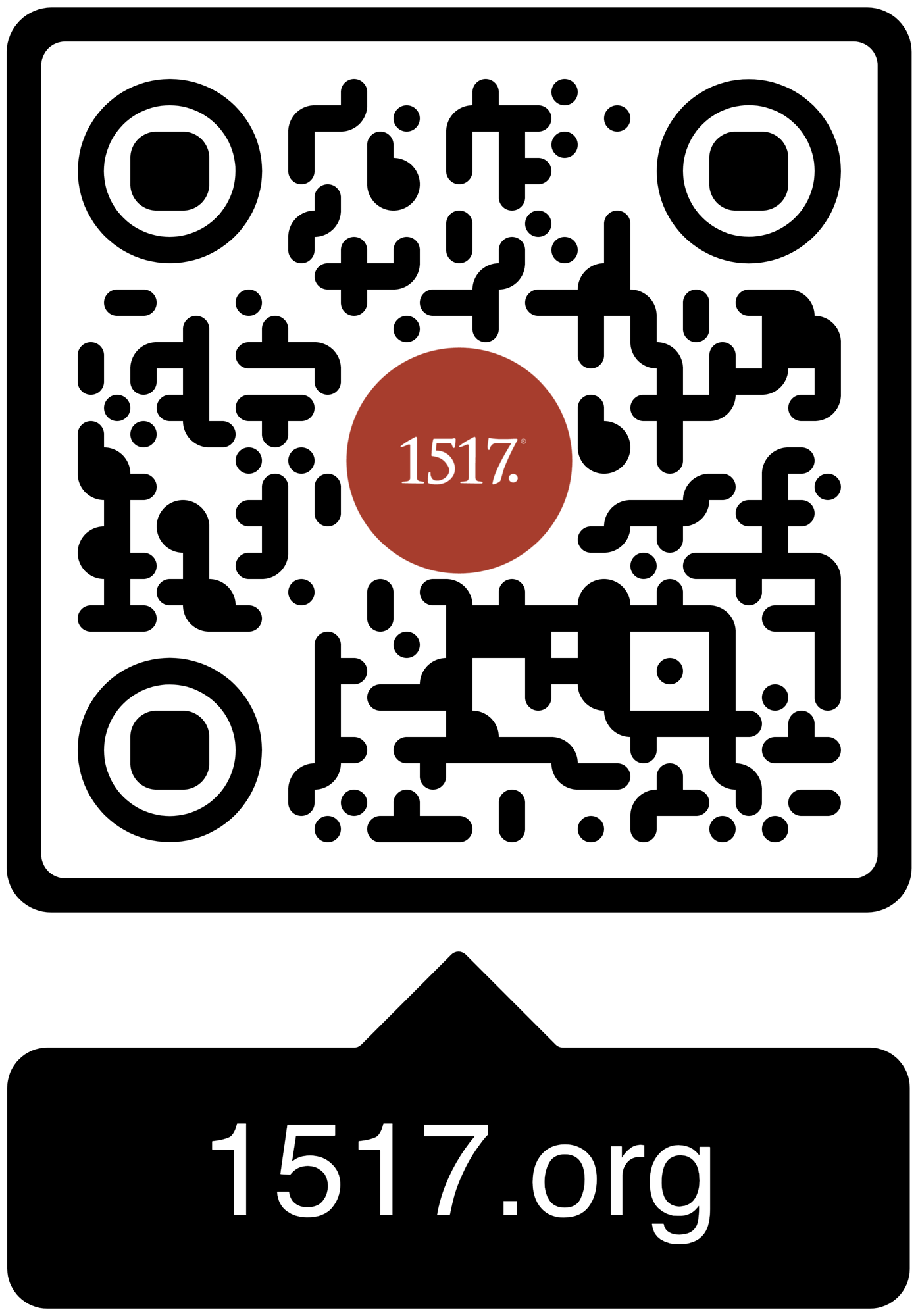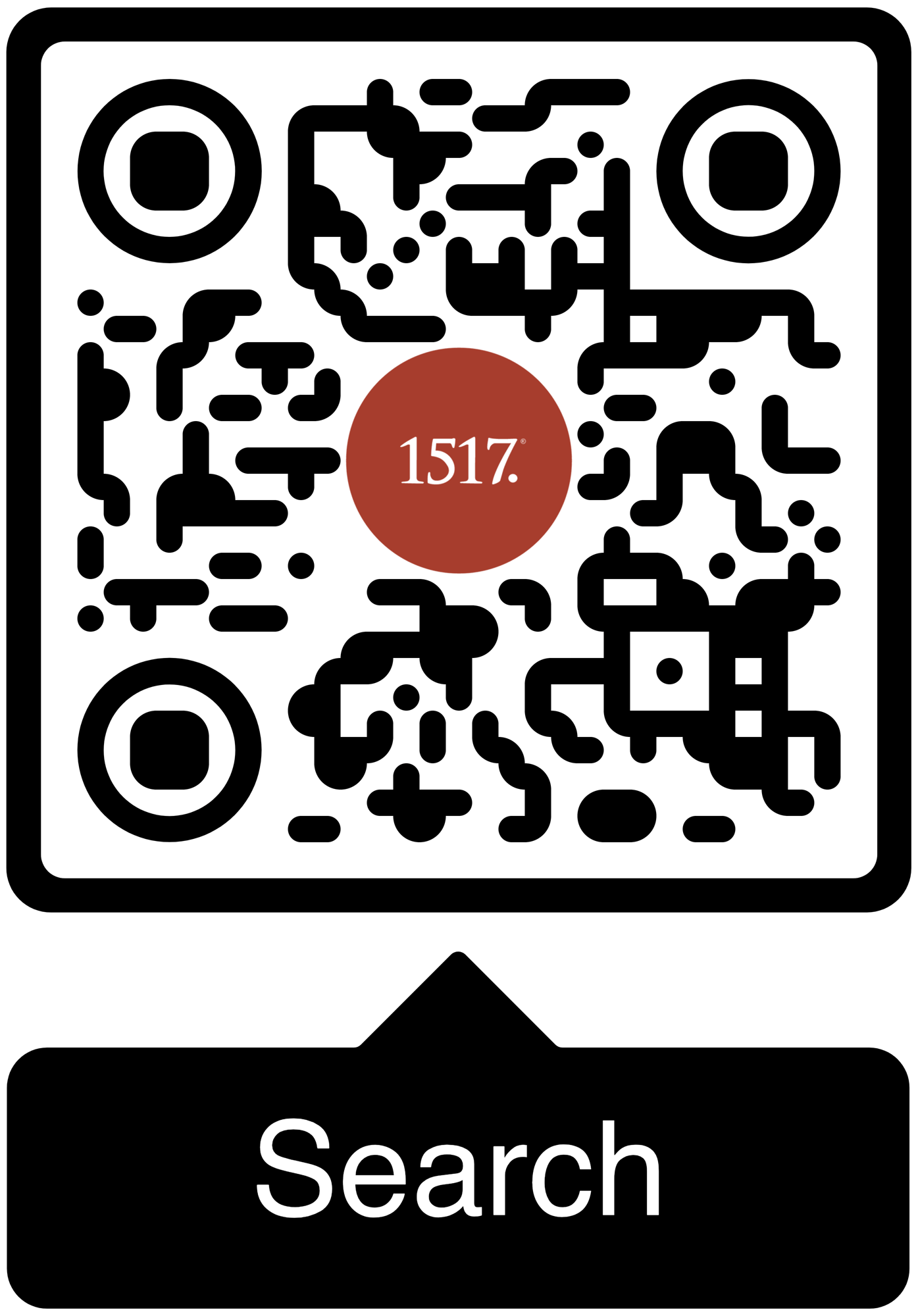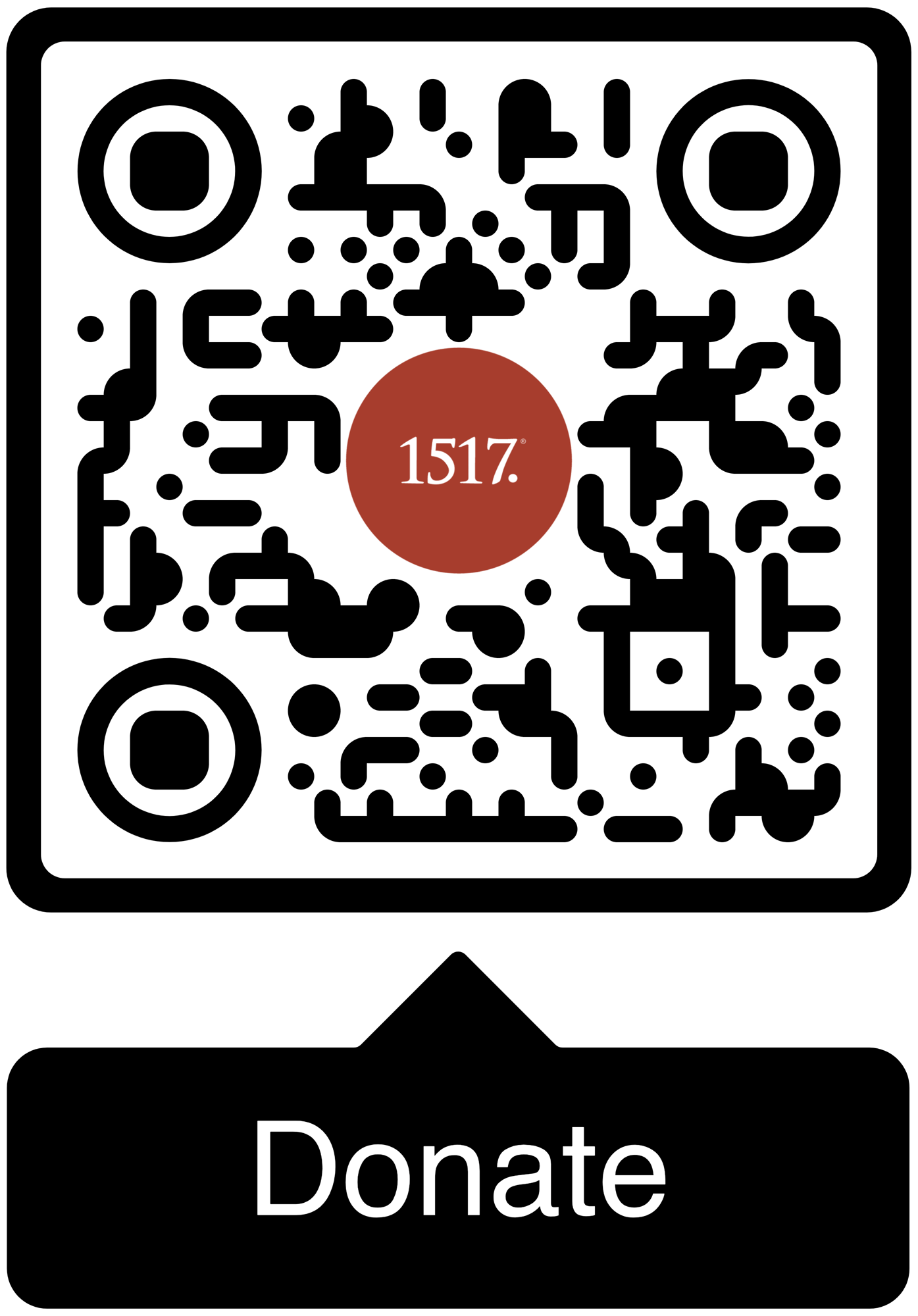Every time someone is baptized, every time bread is broken and wine poured, every time a sinner hears, “Your sins are forgiven in Christ,” Pentecost happens again.
06/05/25
They were still praying, trusting, and hoping. Why? Because they knew who was with them and who was for them: the risen Christ.
All Articles
Author
- All Authors
- 1517 Publishing
- 1517 Staff
- A. A. Just Jr.
- A.J. Vega
- Aaron Boerst
- Adam Francisco
- Adam Stetson
- Amy Mantravadi
- Andrew Foss
- Anthony DiLiberto
- Blake Flattley
- Bob Hiller
- Bob Sundquist
- Bonnie Petroschuk
- Brad Soenksen
- Bradley Gray
- Brandon Hanson
- Brandon Pangman
- Brennan Manning
- Brian W. Thomas
- Bror Erickson
- Bruce Hillman
- C.S. Lewis
- Caleb Keith
- Chad Bird
- Charles E. Fry
- Christopher J. Richmann
- Cindy Koch
- CJ Armstrong
- Craig Donofrio
- Dan Chrismer
- Dan van Voorhis
- Dan Weber
- Daniel Deen
- Daniel Emery Price
- Daniel Stenberg
- David Clay
- David Rufner
- David Schmitt
- Delwyn Campbell
- Dominick Santore
- Donavon Riley
- Edward Killian
- Elyse Fitzpatrick
- Erick Sorensen
- Gage Jordan
- Gerhard Forde
- Grant Klembara
- Greg Koukl
- Gretchen Ronnevik
- Haroldo Camacho
- Hermann Sasse
- Jacob Corzine
- Jacob Smith
- Jake Allstaedt
- Jared C. Wilson
- Jason Lane
- Jason Lang
- Jason Oakland
- Jay Sawrie
- Jeff Mallinson
- Jeffrey Pulse
- Jenifer Mohan
- Jessica Delgado
- Jessica Thompson
- Jim Nestingen
- Joel Fitzpatrick
- Joel Hess
- Joey Goodall
- John Bombaro
- John Bortulin
- John Chrysostom
- John T. Pless
- John W. Hoyum
- John Warwick Montgomery
- Jonathan Ruehs
- Jordan Spina
- Joshua Miller
- Justin Rossow
- Karen Stenberg
- Kathy Morales
- Katie Koplin
- Kelsi Klembara
- Ken Sundet Jones
- Kerri Tom
- Kevin Hale
- Kevin McClain
- Kyle G. Jones
- Larry D. Hughes
- Laura Bauer
- Luke Kjolhaug
- Magnus Persson
- Mariah Coward
- Mark Jasa
- Mark Mattes
- Mark Pierson
- Martin Luther
- Matt Johnson
- Matt Kroelinger
- Matt Popovits
- Michael Berg
- Michael Gibney
- Nicholas Hopman
- Nicholas Kallis
- Norman Nagel
- Paul Dunk
- Paul Koch
- Pete Lange
- Peter Nafzger
- Philip Bartelt
- Preston Sprinkle
- Raleigh Sadler
- Rick Ritchie
- RJ Grunewald
- Robert Farrar Capon
- Robert Kolb
- Rod Rosenbladt
- Roland Ehlke
- Ron Hodel
- Ryan Couch
- Ryan Matthias
- Ryan Stevenson-Cosgrove
- Ryan Tinetti
- Sam Leanza Ortiz
- Sam P. Schuldheisz
- Sarah Crowder
- Scott Davis
- Scott Keith
- Scott Landrum
- Seth Moorman
- Steve Byrnes
- Steve Kruschel
- Steven A. Hein
- Steven Paulson
- StoryMakers NYC
- Tanner Olson
- Tate Barber
- Ted Rosenbladt
- Travis Scholl
- Tyler Cronkright
- Uwe Siemon-Netto
- Valerie Thur
- Wade Johnston
- Walter Hwang
- Wayne Sender
- Zack James Cole
09/09/19
Jesus will be working in our feeble misguided efforts to reach out to the world. He governs our words and our deeds, no matter how awkward they might seem.
09/05/19
I wish I was better at seeing the bigger picture. Or maybe, I wish I was simply better at seeing the larger scope of its beauty.
09/04/19
Only true doctrine teaches people how to love God and others. Love is the best test for our theology, for true love and true doctrine go together.
09/03/19
Rather than validate our selfish, self-serving choices, he justifies us by giving us new life and baptizing us into his death and resurrection.
09/02/19
We would expect Jesus to be delighted people have responded to the master’s invitation. Instead, Jesus asks these people to reconsider whether they should be following Him or not.
08/28/19
The distinction between Christ-for-you and Christ-in-you can present a misleading dichotomy.
08/28/19
As we do in daily life, so we have done in our reading of the Bible: we have placed ourselves at the center, and Christ at the periphery.
08/26/19
The question that this text poses for us today is “What does it mean to believe in the resurrection?”
08/24/19
Jesus and the New Testament—good.
Yahweh and the Old Testament—not really so good.
So goes the popular, but largely whispered, dichotomy.
08/20/19
Jesus doesn’t talk about God’s love for us; he embodies it.
08/19/19
Luke does not tell us who asked it. But it’s a good question. “Lord, will those who are saved be few?”
08/13/19
We confuse our success and failures with God’s judgment of us.
1517 is a Christian non-profit (501(c)3) multi-media organization. Our mission is to declare and defend the Good News that we are forgiven and free on account of the death and resurrection of Jesus alone.





1517 grants permission for our free online resources to be printed, photocopied, and otherwise used freely for private and church use. We require that authorship and source (1517.org) are referenced and maintained. These resources may not be sold or included in any publications for sale.


